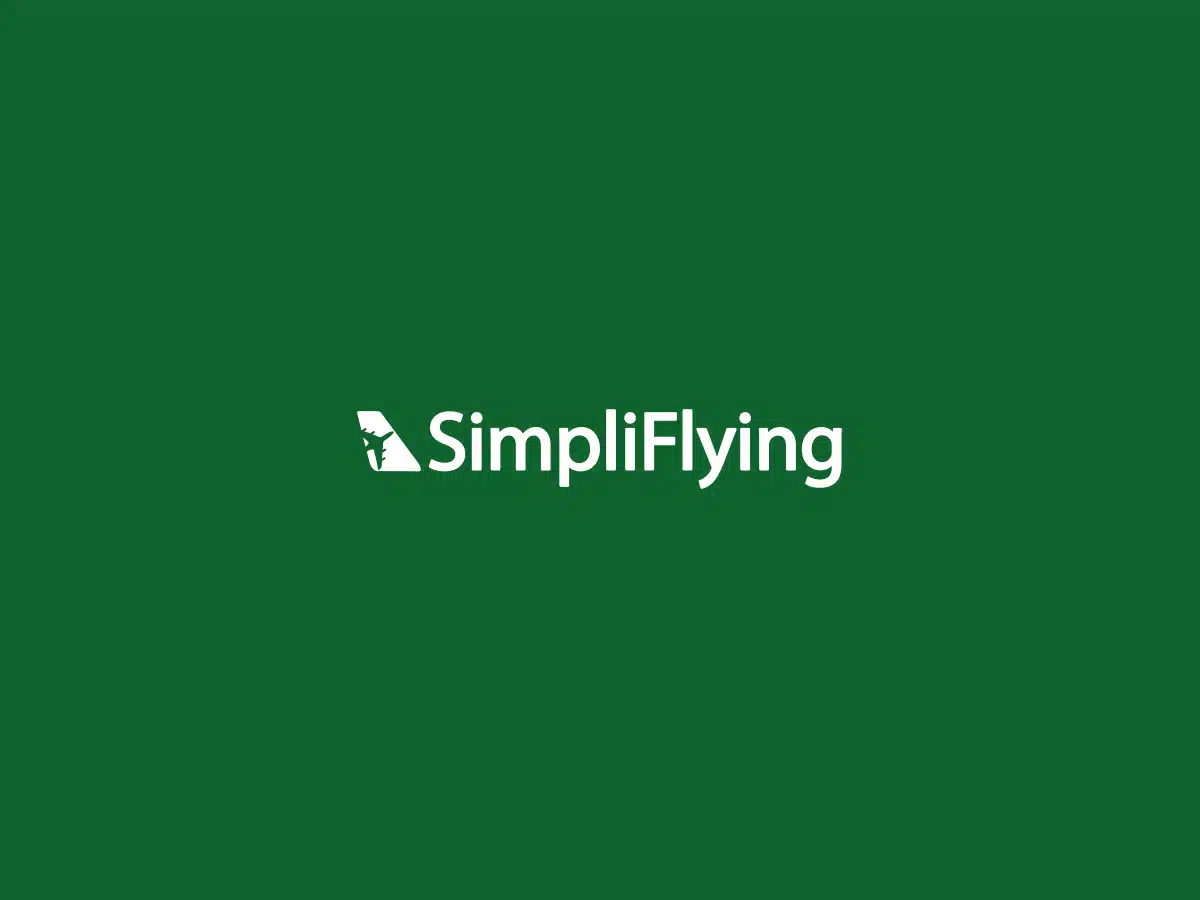This is a guest article by David Doctor, Director of Airline Distribution at Amadeus. Amadeus is the leading transaction processor and provider of advanced technology solutions for the global travel and tourism industry.
—–
The latest study from Ideaworks, sponsored by Amadeus; shows that airline ancillary revenue is on the increase, up 45% on last year to €11 billion ($13bn), and that in order to be in the top 10 ancillary revenue generators an airline must drive €300 million in ancillary sales. Airlines cannot afford to ignore the rapid development of this trend but strategies to take advantage of ancillary revenue will need to vary according to each airline’s brand positioning, and this involves careful decision-making.
Unbundling translates into cash
As can be seen from the graphic above, LCCs have moved full steam ahead with unbundling, selling exit-rows, extra legroom and priority boarding. However, the story of the last couple of years has been the entry of the U.S. majors – United and American now generate around €1.5 billion each. Even Singapore Airlines has started charging up to $100 for exit-row seating on their long haul flights.
There are compelling reasons for an unbundled market position:
- Unbundling enables completely new revenue streams as customers select services ‘a la carte’
- In the world of price-centric internet searching, airlines are under pressure to advertise a low base fare
- An unbundled approach enables greater customer choice, although airlines need to ensure transparency to avoid confusing and misleading their customers.
To unbundle, or to preserve the brand?
For airlines that have built brands on premium service the decision to impose charges is a big one. Emirates, for example, is resisting the trend and even Southwest airlines has bucked the LCC tendency by not charging for baggage fees. If an airline opts for this approach, it is essential that customers are informed at every point of sale because consumers are beginning to expect baggage fees and additional charges.
What’s certain is that brand consistency is a must. If an airline’s offer is unbundled in one channel but not another, the resulting customer confusion will hurt sales and defeats the object of brand differentiation. This requires careful thought and the integration of ancillary services within the selling process, including the travel agent booking flow in order to drive adoption.
Another potential brand and revenue pitfall is delivery –it is one thing to sell a service, quite another to ensure it is delivered, on time, every time. Imagine if there is a disruption and customers are moved to a smaller plane with less exit-row seats, but the airline has already sold too many! Issues such as this require planning upfront.
Integration with an airline’s CRM and revenue management system also help to track and operate ancillary services according to customer value, whilst ensuring maximum revenue capture.
At Amadeus we are working with airlines of all shapes and sizes to deliver ancillary revenue strategies across multiple channels and in line with industry standards.
Editor’s Note: Horses for courses
While the dilemma for choosing between unbundling to drive ancillary revenues or to preserve the brand is a very real one, the best solutions would be customized to individual airline’s specific needs.
For example, while almost every airline in the US is charging a bag fee domestically, Southwest has made it a competitive advantage by not charging one. Similarly, Delta Airlines charges a bag fee for domestic sectors, but none on cross-Pacific flights. Because no other competitors do. It’s horses for courses.
So, what do you think? How far can airlines push the un-bundling argument before seriously compromising the brand, hence loyalty? Let’s hear it in the comments, or over on Twitter (@simpliflying)

